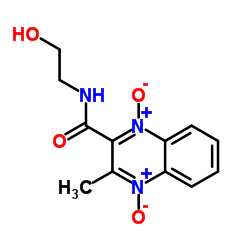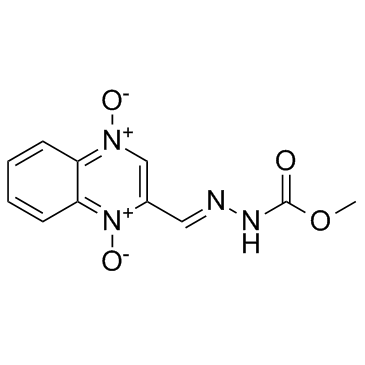| 结构式 | 名称/CAS号 | 全部文献 |
|---|---|---|
 |
喹乙醇; 喹酰胺醇
CAS:23696-28-8 |
|
 |
卡巴多
CAS:6804-07-5 |
| 结构式 | 名称/CAS号 | 全部文献 |
|---|---|---|
 |
喹乙醇; 喹酰胺醇
CAS:23696-28-8 |
|
 |
卡巴多
CAS:6804-07-5 |